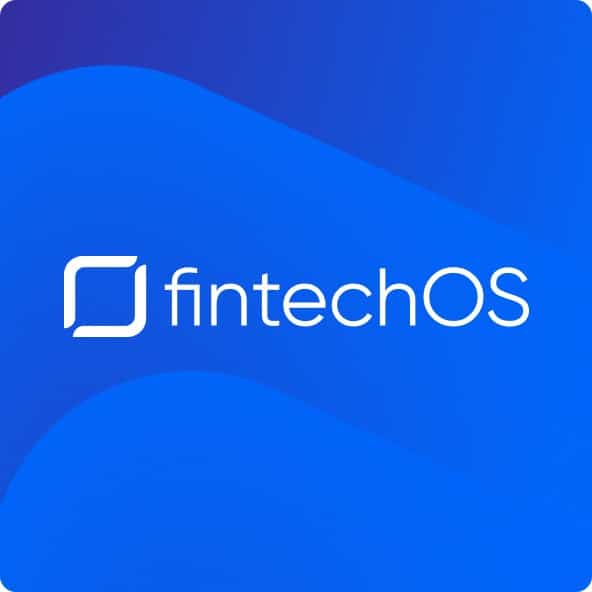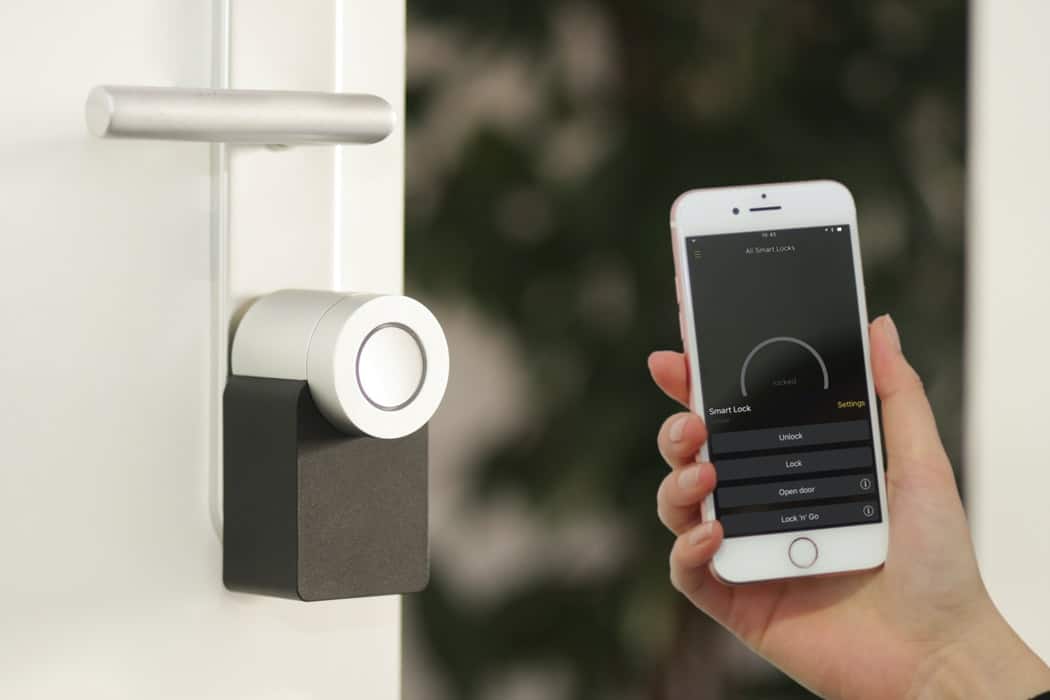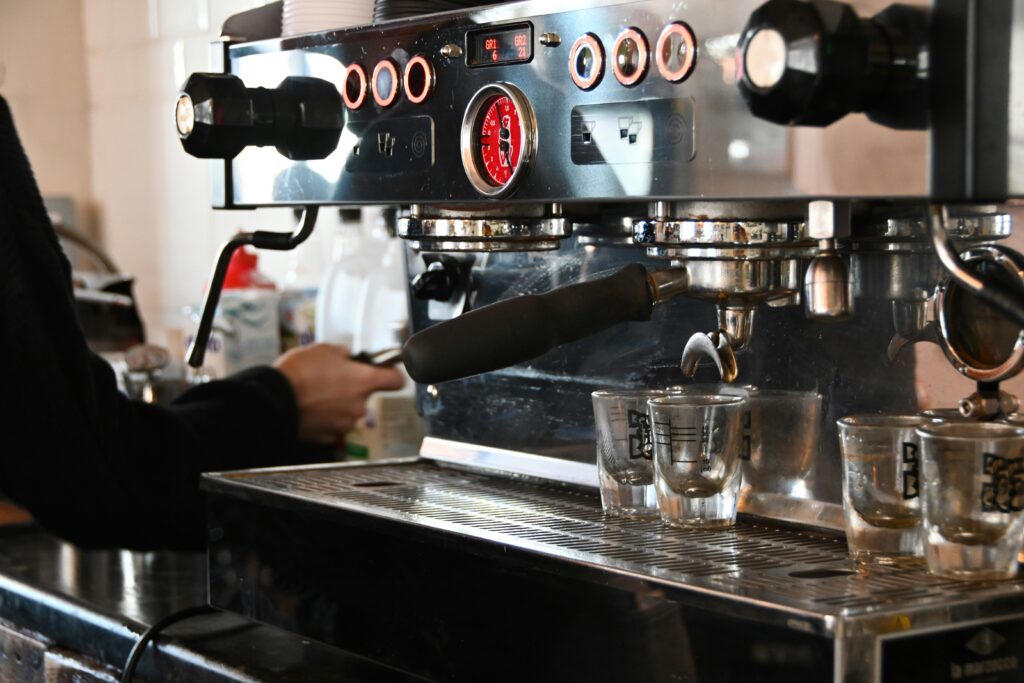Smart devices are the future of home insurance. They offer new ways to interact with consumers, offer fresh data streams, and enable the creation of entirely new business models.
The question for insurers is how best to leverage the remarkable properties of these remarkable devices.
There is pressure on insurers to lead this revolution. In recent years, adoption of smart devices has boomed. In the US nearly half of all broadband connected residences has at least one smart speaker or display. Covid accelerated the trend. The number of smart devices doubled during the pandemic, according to Deloitte.
“The onset of the COVID-19 pandemic was like a time machine that suddenly propelled us tens of years into the future,” Deloitte vice chairman Paul Silverglate.
Yet most insurers remain slow adopters. Only a handful of the major European insurers are using IoT data for insurance. The products that do remain niche and experimental. This will change fast.
Here are six ways smart devices are changing home insurance.
1. Reduce claims
Smart devices can detect fire, flood, and unwanted visitors. The ability to detect – and react – to crises means tragedies can be averted. Smoke detectors and flood sensors can send alerts to homeowners’ phones, so help can be called. Doorbells with cameras can relay footage via an app, so offer extra security to homeowners. The result is a reduction in claims values.
American Family Insurance and Liberty Mutual both offer discounts for owners of Nest Protect smart smoke detectors, as emergency services can be called faster to limit damage. Hippo insurance offers up to 13% discount for homes with its sensors to detect smoke, carbon, water leaks and motion.
A pioneer in the field is LeakBot, a sensor launched in 2016 which detects leaking water pipes and sends an alert to the owner. Hiscox and Direct Line offer LeakBot to homeowners, with the idea that swift detection and fixing of floods can slash payouts. According to Phil Thorn, head of proposition at Hiscox, water leaks are now the biggest cause of insurance claims. In the last 3 years the average cost has gone up 41% in the UK. Hence the £149 device is offered free – it pays for itself.
2. Increase accuracy of pricing
Data from smart devices can be used as a rich source of information to refine general insurance models, and create bespoke products for consumers. Insuretech Hiro bases its entire model around smart device adoption. Co-founder Krystian Zajac said: “Old-school insurers might give you a discount for having strong door or window locks, or even a traditional alarm system. But they’re way behind the times – customers nowadays are using smart cameras, video doorbells, smart leak detectors and smoke detectors.” Overall the Hiro model claims a 25% discount on traditional insurance by harnessing data from smart devices.
Data scientists are able to combine multiple data sources – such as geographical location, house age and construction type, weather data, neighbourhood data – with smart device data, to create granular models of consumer behaviour, to create increasingly accurate premiums for each customer.
3. Confirm or refute hypotheses
Insurance requires hard data to confirm theories. Smart devices can help in answering questions the industry can’t yet answer. For example, do camera-doorbells cut crime? Hiro says yes, citing a study claiming camera-doorbells cut burglaries by 50%. But that is contested. Chris King, head of home insurance at Compare the Market, told a The Times newspaper report: “For the vast majority of providers, there is limited-to-zero benefit for your insurance premium if you get video home security or a video doorbell installed — that’s the blunt truth”. He added: “What insurance companies need is a big set of data saying that people who have these are 10% less likely to be burgled, for example. Unfortunately, no such data exists.” The rise in adoption of smart devices, and use of statistical modelling, will soon provide answers to long-standing industry theories.
4. Gather behavioural data
In theory the proliferation of smart devices allows third-parties to learn an extraordinary amount about consumer behaviour. How many people live within a residence? What hours are they active? What other devices connect to the network?
At times this research can stray across ethical and legal boundaries. Samsung apologised for its smart TV which recorded and transcribed conversations captured in the home. Samsung claimed the conversations were anonymised, and collected with the consent of consumers acquired via the terms and conditions, but nevertheless withdrew the function.
The model works when consumer consent is granted, and usage is transparent. Hiscox is using data from smart devices to learn about the way properties perform: “Enhancing our pricing model for escape of water will allow us to be more accurate when considering the age, construction type, location and other characteristics of a property,” says Hiscox. The insurer emphasises data will not be used: “to make individual underwriting or pricing decisions or for the purposes of making claims handling decisions on your home insurance policy.”
5. Help the wider community
Smart devices are located in single homes. But the devices also work a network to serve a community. In February 2020, parametric insurer FloodFlash took just 26 hours to process claims after Storm Ciara hit Northern Europe. In January 2021, the Lloyds of London coverholder improved compensation times to 9 hours 44 minutes using smart devices. The secret is a network of sensors to cover urban areas. The insurer reported: “FloodFlash IoT (Internet of Things) sensors began to detect floods on Wednesday 20th, triggering claims across the country. FloodFlash quickly validated the claims using the data provided by the sensors, paying them soon after. This resulted in clients receiving the money on the same day that their property flooded – a world first in catastrophe insurance.”
Amazon is taking a similar approach with Ring door-bells. The Neighbors app pools notifications from 10 million households across North America. Crime alerts are sent to neighbours. And law enforcement officials are given access to camera footage taken by Ring, if the homeowner consents, to identify suspects.
6. Build a relationship with customers
Home insurance is a once a year interaction, unless a claim is made. Insurers struggle to build a relationship with customers to avoid competing purely on price. IoT devices offer a way to increase touchpoints. Aviva bought a stake in smart devices maker Neos in order to explore smart-device insurance. Neos co-founder Matt Poll was clear about how giving customer the ability to monitor their home via a well designed app can elevate a brand: “So what we’re trying to do is to provide value to customers throughout the term of their policy — allowing them to monitor their own homes, using our cameras and the devices that we give them. If there is an issue, they’ll get alerted. Most importantly they or us through our monitoring center and assistance service can put the things right… In that sense both the customer and us benefit if we’re successful.”
Regular interactions, combined with useful services such as doorbell footage or data on how the home is performing – mean the consumers grow to value and trust their insurer.
***
MAIN PHOTO Credit: Unsplash

FintechOS FintechOS is the global leader in fintech enablement, on a mission to make fintech innovation available to every company. As the world grows increasingly complex, FintechOS strives to simplify and accelerate financial technology so anyone can build, launch, service, and expand new products in weeks, not months or years. The FintechOS platform empowers banks, credit unions, and insurers of any size to grow revenue, lower operating costs, and achieve a faster time to value without dependency on core infrastructure and costly tech talent. Headquartered in New York and London, FintechOS has partnered with some of the world’s best brands, including Groupe Société Générale, Admiral Group, Oney, eMag, Deloitte, EY, and PWC.






